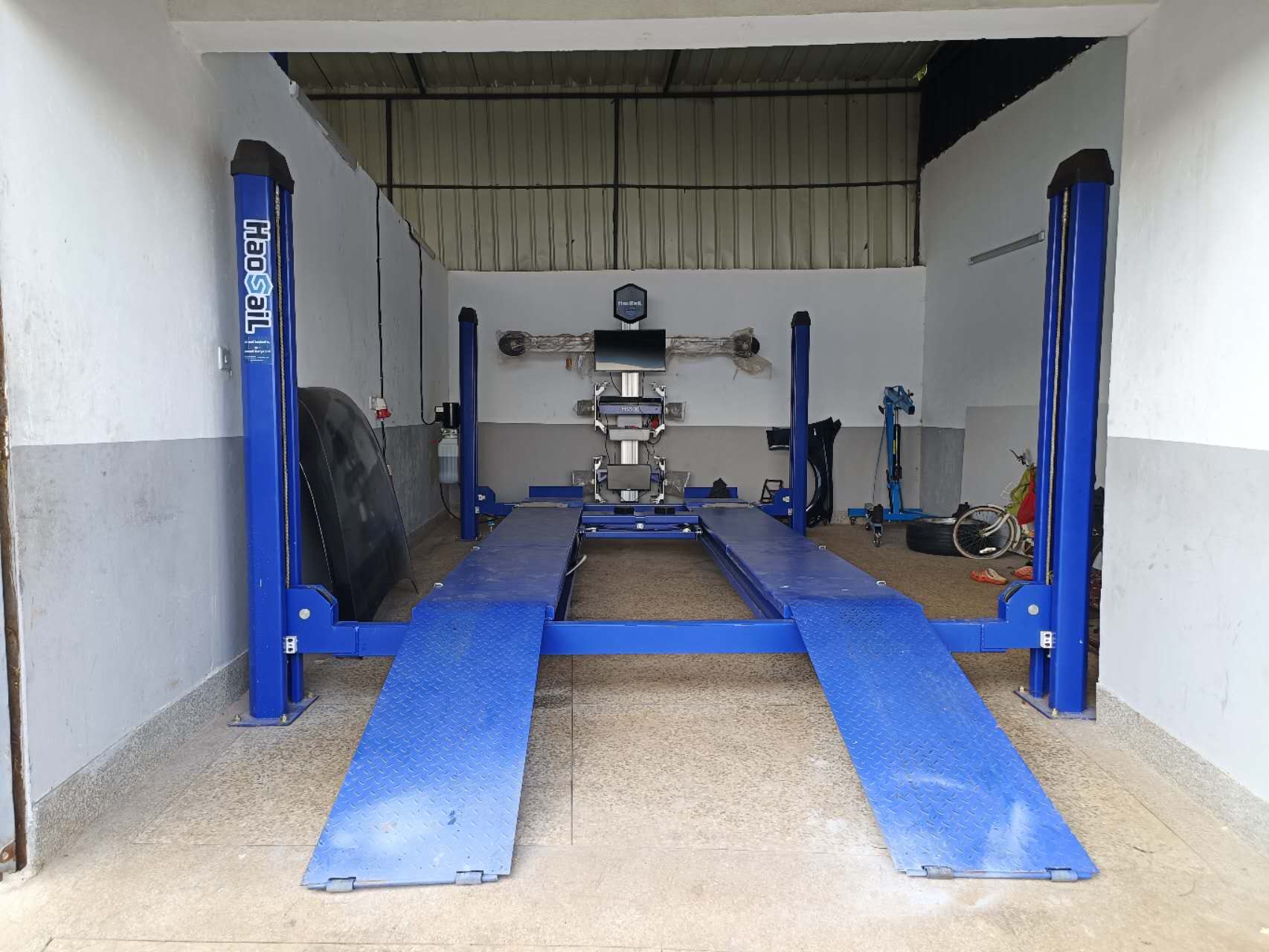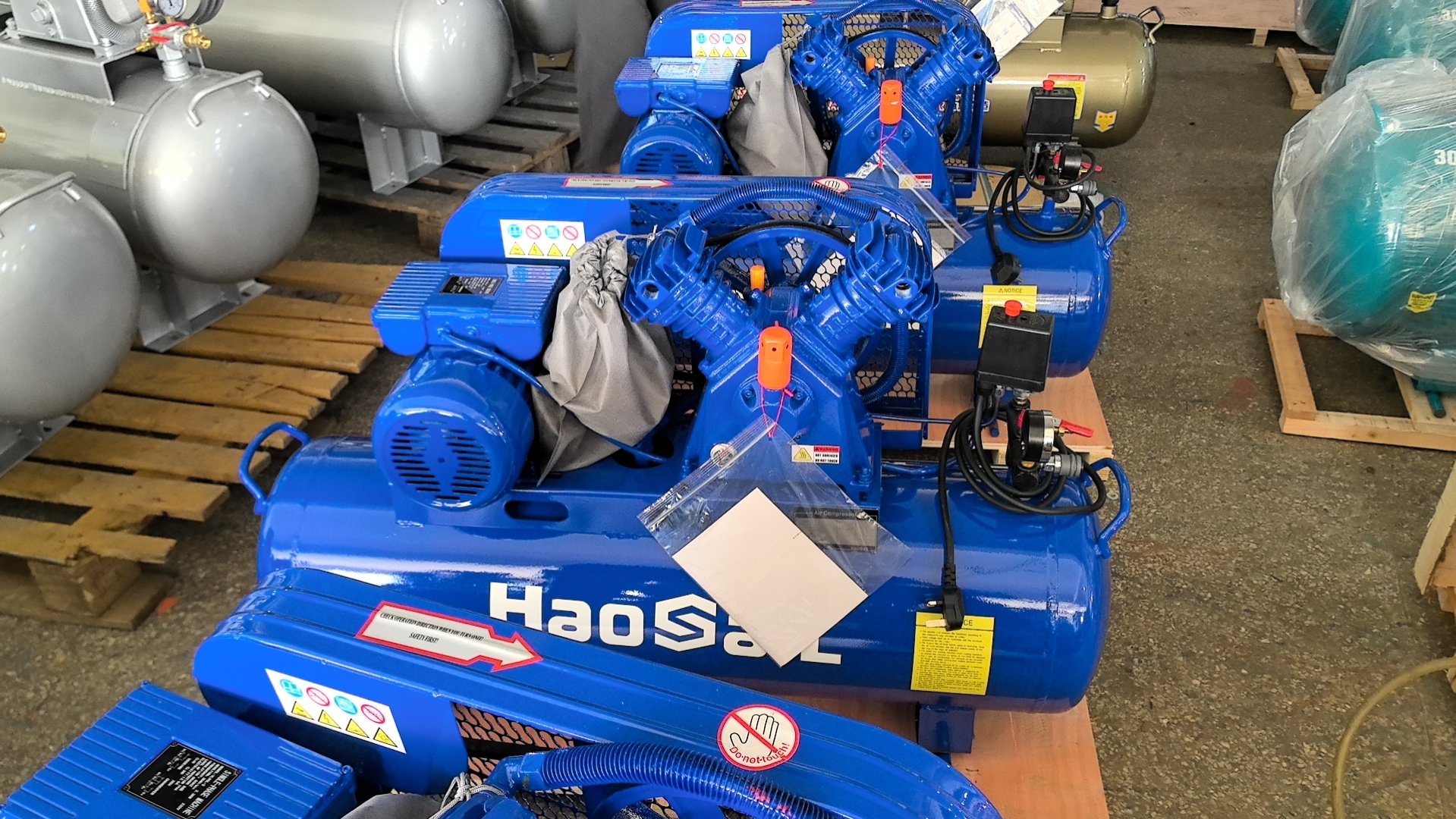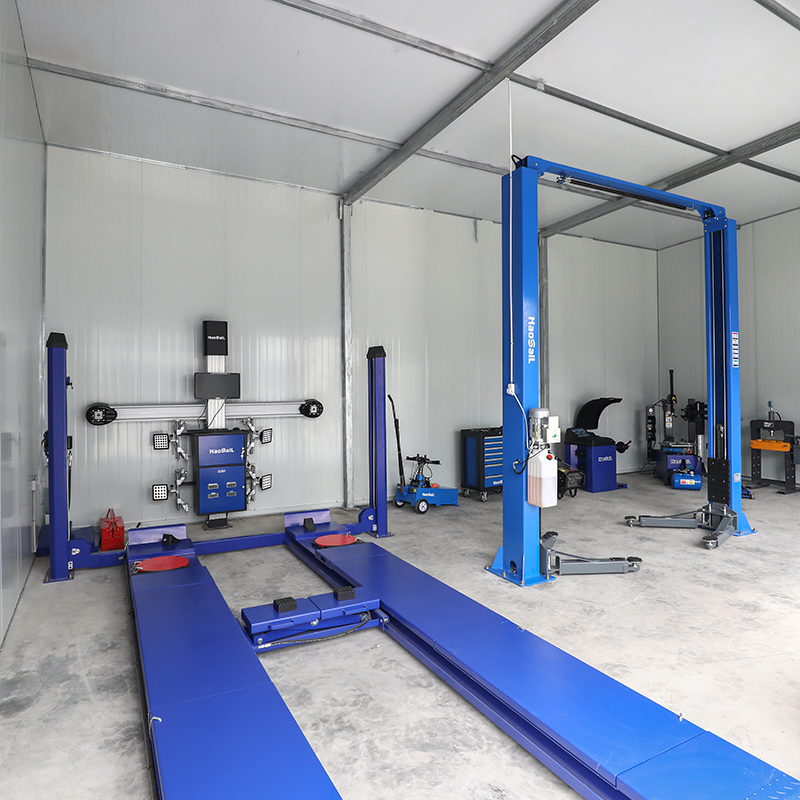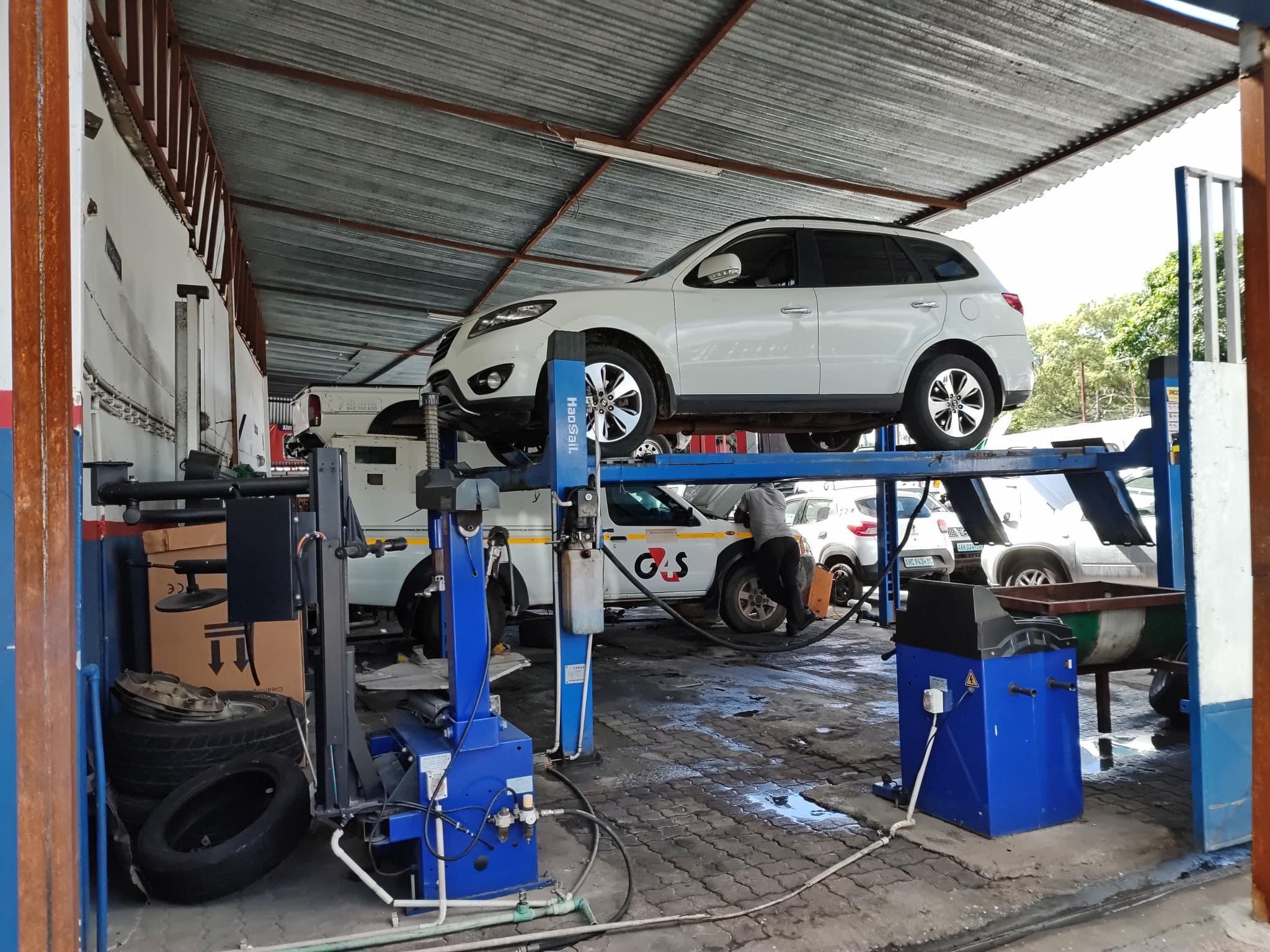
May 29, 2025

May 27, 2025

Apr 14, 2025
Apr 07, 2025
B4, Qingdao High-Tech Zone, No. 17 Songyuan Road, Qingdao.
+86 13864822549
Wheel alignment, a vital technology in modern automotive maintenance, is crucial for ensuring the stability and safety of vehicle travel. But when is it necessary to perform wheel alignment? This article will provide a detailed answer to this question.

Firstly, we need to understand the basic principle of wheel alignment. Wheel alignment is based on the four-wheel parameters of the vehicle, adjusting the angles between the suspension system and the tires to ensure the vehicle's stability and even tire wear. These angles include the camber (inclination of the tread), toe (inclination of the wheel inward or outward), and caster (angle between the steering pivot axis and vertical axis) of the front and rear wheels, as well as the toe-in and toe-out (parallelism between tires). The main purpose of wheel alignment is to maintain the vehicle's straight-line stability, avoid uneven tire wear, and enhance handling performance.
So, under what circumstances should we consider performing wheel alignment?
1. Vehicle deviating from straight-line travel:
When you notice that the vehicle cannot maintain a straight line during driving, always veering to the left or right, this may indicate a problem with the wheel alignment parameters. Timely wheel alignment can adjust the angles of the suspension system and tires to restore the vehicle's normal travel trajectory.
2. Steering wheel is not centered:
If the steering wheel always leans to one side during vehicle travel, or even if the steering wheel is centered, the vehicle will deviate from straight-line travel. This could also be a sign of inaccurate wheel alignment parameters. Through wheel alignment, the steering wheel's centered position can be adjusted, making driving more comfortable and safe.
3. Uneven tire wear:
The wear of tires can reflect whether the vehicle's suspension system and tire angles are accurate. If the tire shows severe wear on one side, or if there are abnormal wear patterns such as wave-shaped wear, this usually means that wheel alignment is needed. By adjusting the angles of the suspension system and tires, even tire wear can be ensured, extending the life of the tires.
4. Vehicle has been involved in a collision or suspension system repair:
If the vehicle has been involved in a collision or the suspension system has been repaired, the wheel alignment parameters may be affected. To ensure the vehicle's stability and safety, it is recommended to perform wheel alignment after repair.
5. Vehicle exhibits poor stability at high speeds:
If the vehicle feels unstable at high speeds, such as drifting or being difficult to control, this may be due to inaccurate wheel alignment parameters. In such cases, performing wheel alignment can significantly improve the vehicle's stability.
6. Abnormal sounds during steering:
If abnormal sounds, such as creaking or rubbing, occur during steering, this may be due to worn or incorrectly angled suspension system components. Wheel alignment can inspect and adjust these components, eliminating abnormal sounds.
7. Suspension system has noticeable wear or damage:
Wear or damage to the suspension system can cause changes in the vehicle's wheel alignment parameters. Regularly checking the suspension system and performing wheel alignment when necessary can ensure the safe operation of the vehicle.
8. After installing new tires:
The installation of new tires may affect the vehicle's wheel alignment parameters. To ensure the best performance and lifespan of the tires, wheel alignment is usually necessary after installing new tires.
9. During routine vehicle maintenance:
Even if the vehicle does not show obvious symptoms, it is recommended to regularly perform wheel alignment. This can be part of the vehicle's maintenance, ensuring the vehicle remains in optimal condition for the long term.